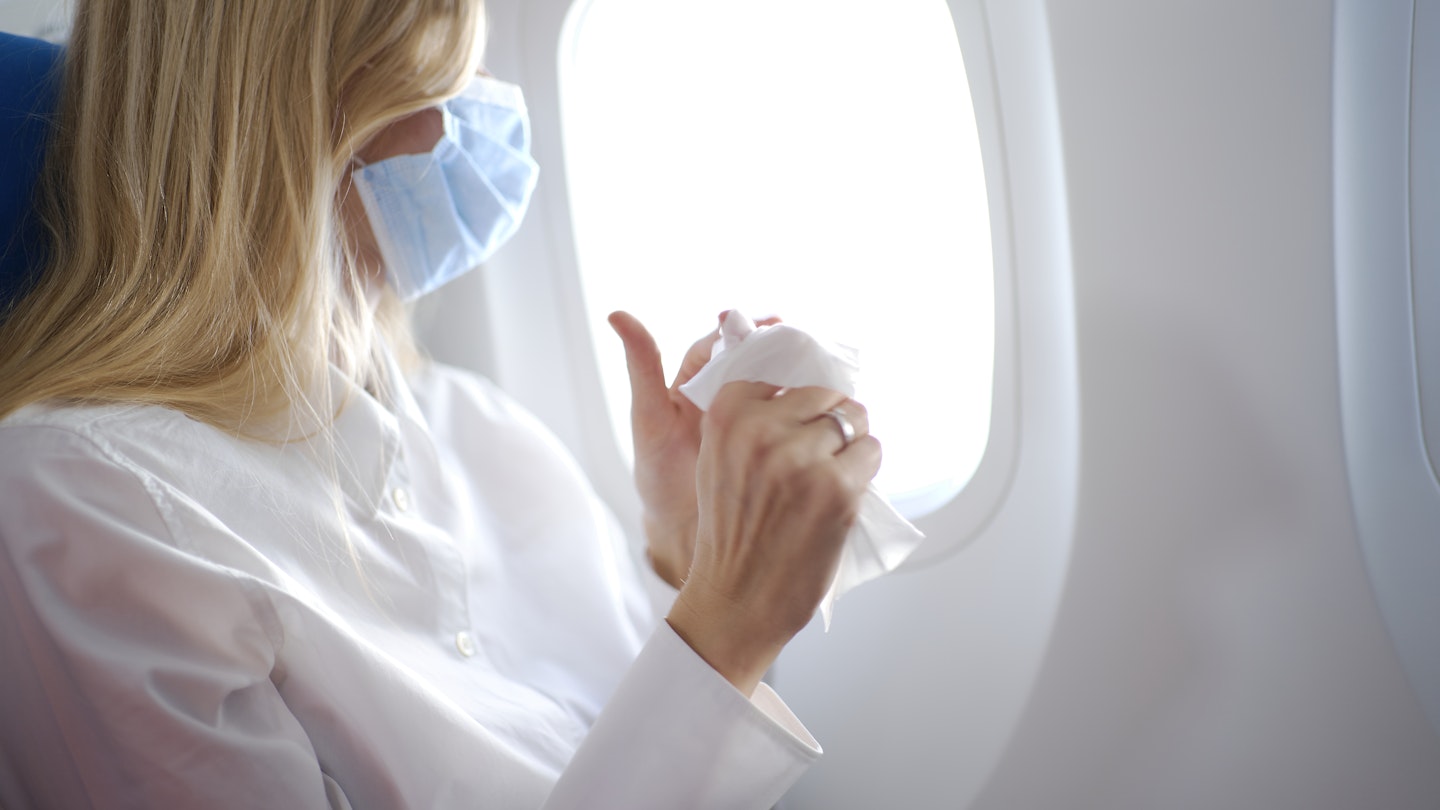The Nastiest Parts of Airplane Hygiene Revealed by a Flight Attendant
Even in non-pandemic times, many travelers have had concerns about the cleanliness of plane cabins. As airlines work toward resuming normal service, they are looking to reassure passengers that the sanitization procedures onboard are effective. Nevertheless, travelers still have questions, highlighted by the popularity of one recent video.
Flight attendant Kat Kamalani has gained nearly 300,000 followers on TikTok, along with another 50,000 on Instagram and 33,500 YouTube subscribers. She shares a variety of content, including kitchen hacks and travel tips, particularly the ins and outs of life as a flight attendant. One of her most popular topics? The nastiest parts of an airplane.
While on maternity leave over the past year, Kamalani realized many airplane parts are often uncleaned during her travels as a passenger. “If I were a customer, I would want to know what to sanitize!” she stated.
In her viral post, Kamalani offered insights into airplane hygiene, emphasizing key areas that passengers should be wary of. “First things first, do not touch the backseat pocket,” she warns. Although they are emptied between flights, they are seldom sanitized. Tray tables can double as changing tables, overhead air vents “have seen thousands of hands,” and safety cards, read by numerous passengers, are not sterilized.
Kamalani explains that a cleaning crew is assigned to each airport, with limited time between flights to conduct cleanings, which primarily consist of disposing of trash and cleaning lavatories.
Moreover, she noted that many passengers are disturbed by the tray tables being used for diaper changes. “Sometimes lavatories are full, and a baby has a dirty diaper, so parents change them right there,” she emphasizes.
While some airlines claim they are meticulously cleaning high-touch areas, others have started to scale back on safety measures as business rebounds. If you plan to fly, it is advisable to check with your airline regarding their cleaning policies. Here’s how COVID-19 is impacting travel.




